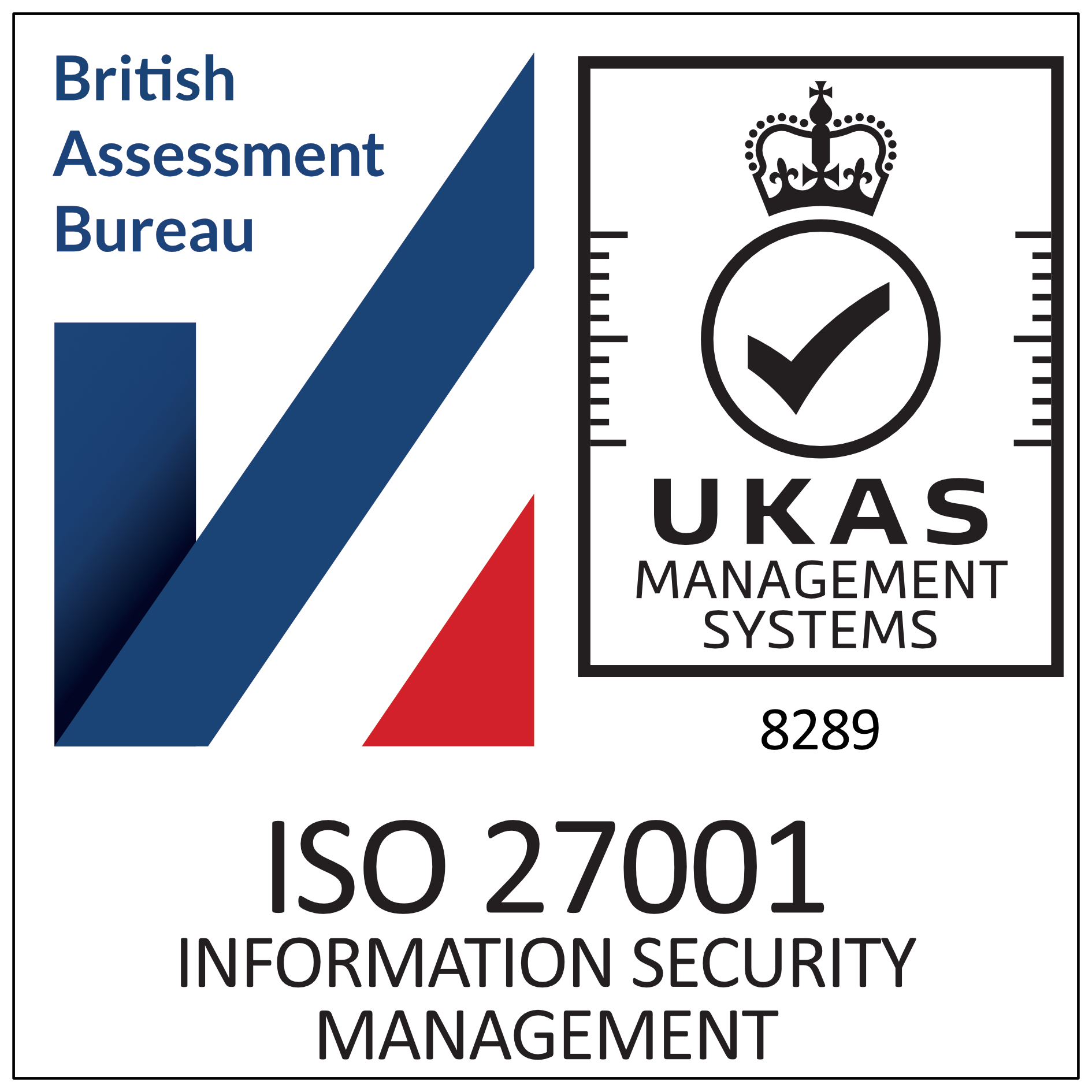There are two factors that make it extra difficult for companies carrying inventory to lower their inventory values and maintain a desired level of customer service. One is the use of business systems that do not have the functionality required to optimize inventory management.
The second is that many buyers and warehouse planners have to rely on Excel as a work tool. This results in complicated and time-consuming purchasing work, and this applies not least in fast-growing companies. Control often becomes worse, capital tied up increases and customer service deteriorates.
For company management in growth companies, it is therefore important to question old purchasing routines. Once you realize that, the step from manual procedures to an automation of purchasing work and inventory control is not far away!
With IMI’s system SOLO, a company with a couple of buyers can easily manage a tenfold increase in turnover without requiring an expansion of the purchasing department. But then what will be the effect when it comes to lowering inventory value and sharpening customer service?
One company that knows this is Schenker Dedicated Services division HDHC – Home Distribution Health Cared.

